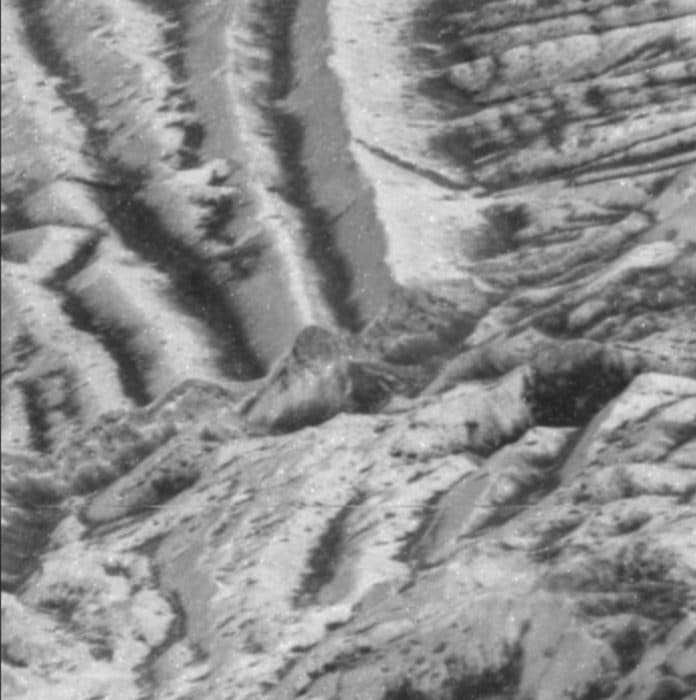Jupiter’s Moon is perhaps the largest Moon in the solar system. By modeling the geochemical reservoirs within the interior of Europa using data from the Galileo mission, it was found that the interior ocean in Jupiter’s moon Europa could be habitable.
The Icy Moon is a highly intriguing world: it is remarkably smooth for the most part, crisscrossed by many fractures, making the Moon look like a giant cracked egg.
It is very well known that space debris impacts Moon. The Europa withstands a similar trouncing – along with a punch of super-intense radiation. As the highest surface of the icy Moon agitates, material brought to the surface is destroyed by high-energy electron radiation accelerated by Jupiter.
NASA-funded scientists study the cumulative effects of small impacts on Europa’s surface as they prepare to explore the distant Moon with the Europa Clipper mission and investigate the possibilities for a future lander mission. Their study and modeling revealed that small impacts churn the Icy Moon of Jupiter. They also estimated the depth of surface being disturbed by the process called ‘impact gardening’: about 12 inches (30 centimeters) over tens of millions of years.
It was also found that the depth affects molecules that act as potential biosignatures. That happens because the radiation likely to break the bond of molecules. It means some materials present on the surface might get pushed downward and mix with the subsurface.
Lead author Emily Costello, a planetary research scientist at the University of Hawaii at Manoa, said, “If we hope to find pristine, chemical biosignatures, we will have to look below the zone where impacts have been gardening. Chemical biosignatures in areas shallower than that zone may have been exposed to destructive radiation.”
Thanks to new modeling, scientists now get a clearer window of process impact gardening. The modeling also revealed secondary impacts caused by debris raining back down onto Europa’s surface after being kicked up by an initial impact.
Cynthia Phillips, a Europa scientist at NASA’s Jet Propulsion Laboratory in Southern California and a co-author of the study, said, “This work broadens our understanding of the fundamental processes on surfaces across the solar system. If we want to understand the physical characteristics and how planets in general evolve, we need to understand the role impact gardening has in reshaping them.”
The research makes the case that Europa’s mid-to-high-latitudes would be less affected by the double whammy of impact gardening and radiation.
Journal Reference:
- Costello, E.S., Phillips, C.B., Lucey, P.G., et al. Impact gardening on Europa and repercussions for possible biosignatures. Nat Astron (2021). DOI: 10.1038/s41550-021-01393-1
